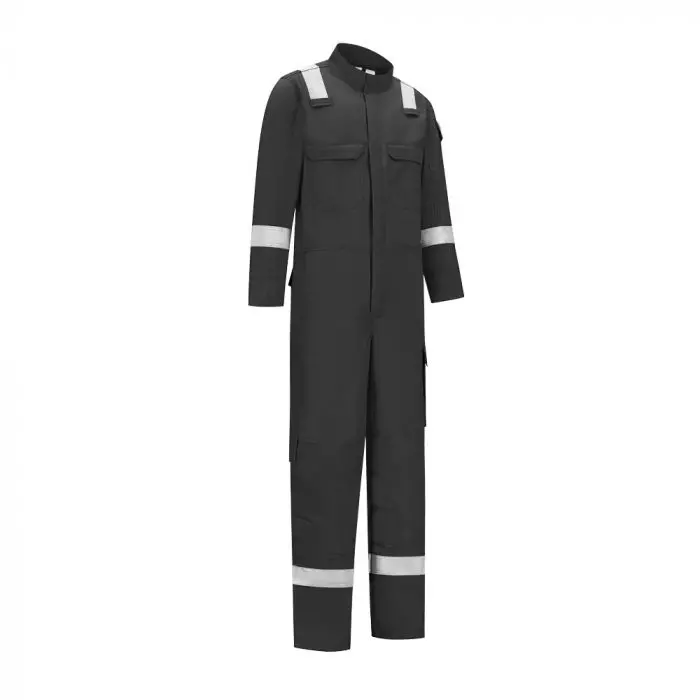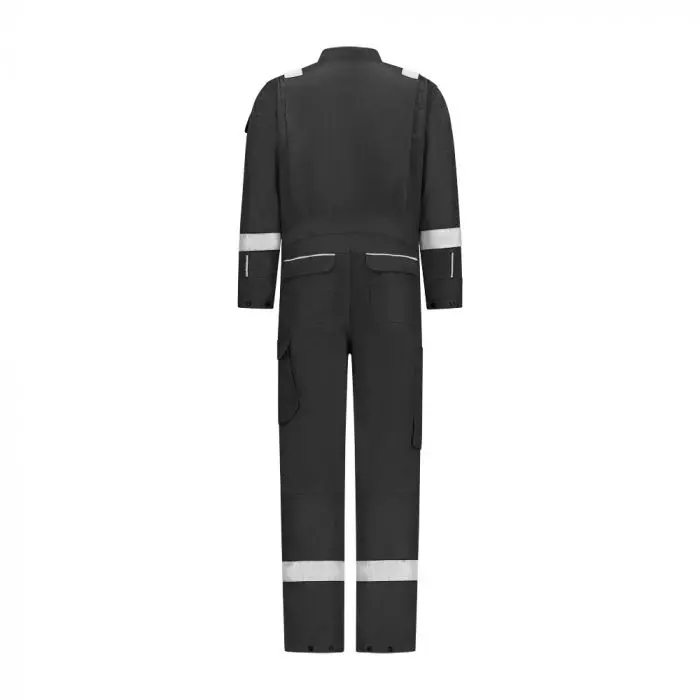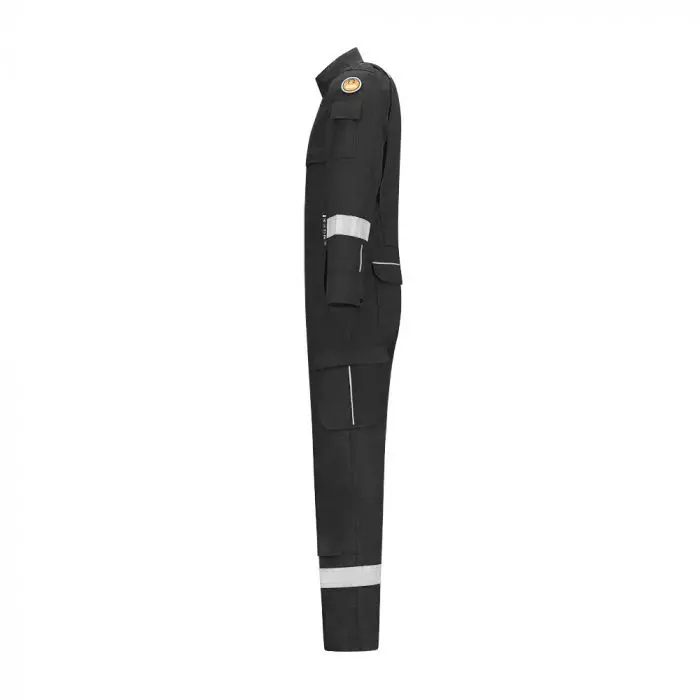


Features You'll Love

Waist Type · Elastic
Determines how the waist area fits and adjusts, affecting comfort and security of the coveralls during movement and work activities.

EN 1149-5 · Material Performance Tested
This garment's material is tested to reduce static electricity buildup. It helps prevent sparks that could cause a fire or explosion in certain work environments, keeping you safer around flammable materials or sensitive electronics.
92,15 €
Choose size
Free delivery
Features You'll Love

Waist Type · Elastic
Determines how the waist area fits and adjusts, affecting comfort and security of the coveralls during movement and work activities.

EN 1149-5 · Material Performance Tested
This garment's material is tested to reduce static electricity buildup. It helps prevent sparks that could cause a fire or explosion in certain work environments, keeping you safer around flammable materials or sensitive electronics.
Product description
This premium protective coverall combines advanced safety features with ergonomic design, featuring a chemical-proof finish and flame-retardant properties. Made from 99% Guardian fabric with 1% anti-static material at 350 GSM, it offers comprehensive protection meeting multiple safety standards including flame resistance, welding protection, and chemical splash resistance. The garment incorporates Prolux® 50mm flame-retardant reflective striping and numerous safety-oriented pocket designs with concealed metal snap button closures.
Product Features:
- Standing protective collar
- Center front welding flap with concealed metal snap buttons
- Ergonomically shaped arms with action armpits
- Gas detector loops on both sides of chest
- Multiple safety pockets:
—Pen pocket with safety flap on sleeve
—Chest pockets with concealed closures
—Side pockets with hook-and-loop closure
—Back pockets with safety flaps
—Diamond tool pocket with reinforcement
—Cargo pocket with double snap closure
- Back pleats with 45° tack for improved mobility
- Adjustable features:
—Elastic waistband
—Cuffs and hems with flame-retardant snap buttons
- Side vents with safety flaps
- Shaped kneepad pockets
- Reflective piping details
- Prolux® 50mm flame-retardant reflective striping
Technical Details:
- Material: 99% Guardian, 1% Anti-Static
- Weight: 350 GSM
- Finish: Chemical Proof
- Type: Unisex
Standards:
- EN ISO 11612:2015 A1 B1 C1 E1 F1
- EN ISO 14116:2015 Index 3
- EN 1149-5:2008
- EN ISO 11611:2015 A1 Class 1
- EN 13034:2005+A1:2009 Type 6
- IEC 61482-2:2009 Class 1